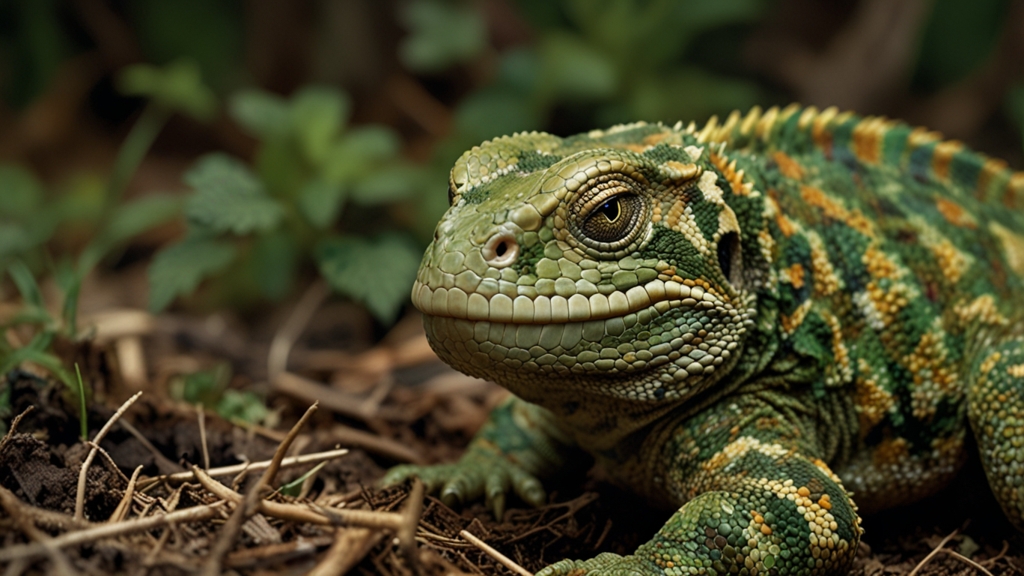The Amazing Camouflage of Reptiles: Nature's Greatest Disguises
In the wild, survival hinges not only on physical capabilities but also on the ability to remain unseen. Reptiles, some of nature's most ancient inhabitants, have honed their camouflage skills to perfection. Their ability to blend into their environments offers a fascinating glimpse into the power of evolution and natural selection.
Mechanisms of Camouflage
Reptiles achieve camouflage through several sophisticated mechanisms. From color change to morphological adaptations, these strategies enable them to outwit both predators and prey.
Color Change
Perhaps the most well-known camouflage adaptation in reptiles is color change. The chameleon, with its vibrant, shifting colors, is the poster child for this ability. However, many other reptiles, such as certain species of snakes and lizards, can subtly alter their coloration to match their surroundings.
"Chameleons change color not only for camouflage but also to communicate with other chameleons, show their moods, and regulate their body temperature." - Dr. John Smith, Herpetologist
This remarkable ability is made possible by specialized cells called chromatophores, which contain different pigments. By expanding or contracting these cells, reptiles can produce a wide array of colors and patterns.
Textural and Morphological Adaptations
Some reptiles rely not just on color but also on their body shapes and textures to blend in. The horned lizard, for instance, has a rough, spiny appearance that mimics the rocks and sand of its desert habitat.
"The texture and shape of a reptile's body can be just as important as its color when it comes to effective camouflage." - Dr. Emily Brown, Biologist
Additionally, leaf-tailed geckos display a combination of flattened bodies and leaf-like appendages that make them nearly indistinguishable from the foliage in their native habitats. These adaptations serve to enhance their ability to go unnoticed by both predators and prey.
Behavioral Adaptations
Camouflage isn’t just a matter of physical appearance. Behavioral adaptations also play a crucial role. Reptiles might remain motionless for hours, or move in ways that mimic their environment, to avoid detection.
For example, the green tree python often drapes itself over a branch and remains still for long periods, appearing just like a vine. This inactivity not only conserves energy but also reduces the risk of being spotted by predators.
Survival and Evolution
The evolutionary arms race between predator and prey has driven the development of increasingly sophisticated camouflage techniques. Natural selection favors reptiles that can evade detection, as these individuals are more likely to survive and reproduce. Over generations, this has led to the remarkable adaptations observed today.
Furthermore, as environments and predators change, so too do the camouflage strategies of reptiles. This dynamic process ensures that reptiles remain one step ahead in the game of survival.
Conclusion
Reptiles’ ingenious camouflage abilities showcase the marvels of evolution and adaptation. From color-changing chameleons to rock-like horned lizards, these creatures demonstrate nature's ingenuity in the face of survival challenges. The study of these adaptations not only enriches our understanding of evolutionary biology but also deepens our appreciation for the intricate tapestry of life on Earth.
"In the grand scope of nature, the camouflage of reptiles stands out as one of the most brilliant and essential survival strategies." - Dr. Richard Lee, Evolutionary Ecologist
As we continue to explore and uncover the secrets of reptilian camouflage, we gain valuable insights into the complex interplay between biology, environment, and the relentless drive for survival.








